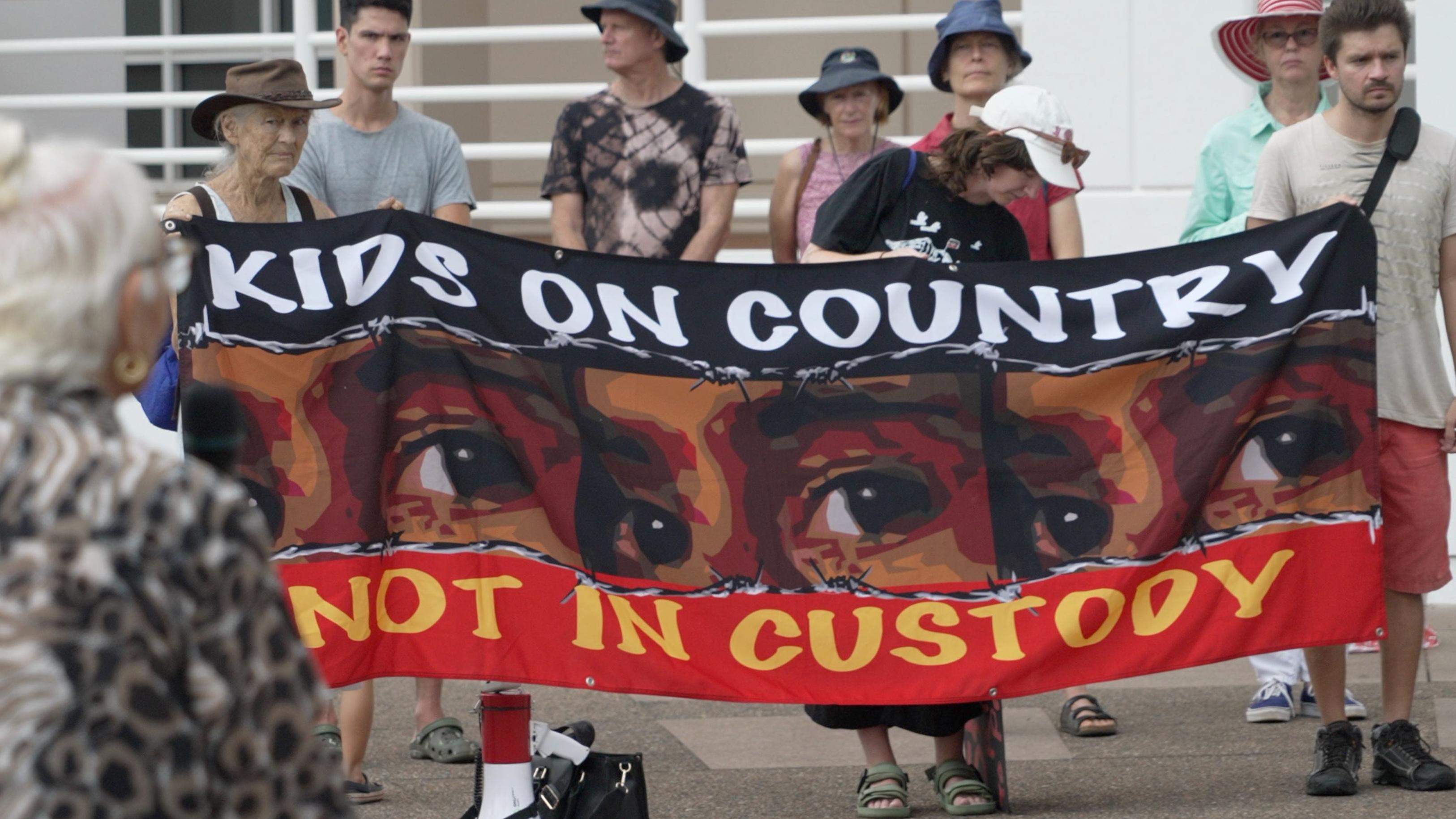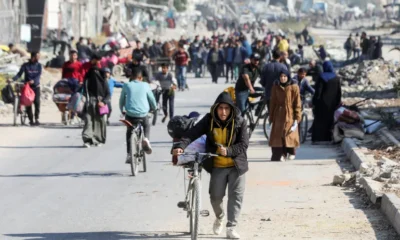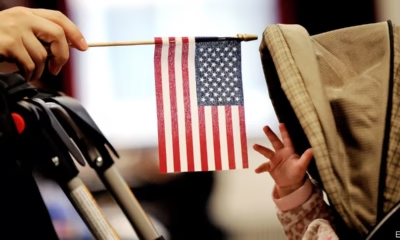Published
11 months agoon

The Australian state of Queensland has passed controversial new laws that allow children as young as 10 to be prosecuted with adult penalties for crimes such as murder, serious assault, and break-ins.
The government argues that these harsher sentencing rules respond to “community outrage over crimes being perpetrated by young offenders” and will serve as a strong deterrent. Premier David Crisafulli, speaking after the bill’s passage, emphasized that the laws are meant to protect “every Queenslander who has ever felt unsafe and been a victim of youth crime across our state.”
However, many experts, activists, and organizations, including the United Nations, have expressed serious concerns. Critics point to research showing that tougher penalties often fail to reduce youth offending and may instead worsen it. The UN has gone as far as to say that these reforms disregard international conventions on the human rights of children and violate global legal standards.
A Push for Punishment, but Is It Justified?
Dubbed “adult crime, adult time,” the new legislation lists 13 offenses for which children can now face harsher sentences, including mandatory life detention for murder with a non-parole period of 20 years. This marks a significant shift from the previous maximum penalty of 10 years for young offenders, where life imprisonment was only considered for particularly heinous cases.
The reforms also eliminate the “detention as a last resort” principle, paving the way for more children to be incarcerated instead of receiving alternative sentences like fines or community service. Additionally, judges will now be allowed to consider a child’s entire criminal history during sentencing, a move that some legal experts argue risks creating a cycle of reoffending rather than rehabilitation.
The Political Backdrop
The Liberal National Party (LNP), which won Queensland’s state election in October, championed these laws as a central part of its campaign. It framed the reforms as prioritizing the “rights of victims” over those of “criminals.” Both major political parties claimed that Queensland was grappling with a youth crime wave, necessitating a stricter approach.
However, official data from the Australian Bureau of Statistics and the Queensland Police Service paints a different picture.
Divided Opinions
The Queensland Police Union has praised the reforms as a “leap forward,” while Attorney-General Deb Frecklington believes the changes will help courts better address repeat offenders. Yet, Frecklington herself admitted that the laws conflict with international standards, disproportionately affect Indigenous children, and risk exacerbating existing issues like overcrowded detention centers. Queensland already incarcerates more children than any other Australian state or territory.
Anne Hollonds, Australia’s commissioner for children, labeled the reforms an “international embarrassment.” She warned that introducing children to the justice system at such a young age increases their likelihood of committing more severe crimes later in life.
Critics also worry about unintended consequences for victims. Tougher sentences might discourage children from pleading guilty, leading to longer trials and court delays.

Does the Law Make Practical Sense?
Data contradicts the hypothesis of a “youth crime wave” in Queensland. Youth crime has halved over the past 14 years, with current rates near historical lows. Hence, if the problem is not escalating, introducing harsher penalties appears more like a reaction to political pressure than a solution grounded in evidence.
Research has also consistently shows that severe punishments do not deter youth crime. Young offenders often act impulsively or under peer influence, without fully comprehending the consequences of their actions. Deterrence strategies are generally more effective when coupled with rehabilitation and restorative justice approaches, not punitive measures.
From a Psychological Perspective
Neuroscience highlights that the human brain, especially areas involved in decision-making and impulse control, continues to develop into the mid-20s. Children, particularly as young as 10, lack the maturity and foresight to fully understand the implications of their actions.
Treating them as adults disregards these fundamental developmental differences.
Many young offenders come from backgrounds of trauma, poverty, or abuse. Incarcerating these children rather than addressing the underlying issues not only fails to rehabilitate them but may also deepen their vulnerabilities, making them more likely to reoffend.
Evidence shows that early exposure to the criminal justice system increases the likelihood of continued criminal behavior into adulthood. This law could inadvertently create hardened criminals by subjecting children to environments where they are exposed to more seasoned offenders.
What about the impact on indigenous youth?
The law disproportionately affects Indigenous children, who are already overrepresented in the justice system. This risks further marginalizing an already vulnerable group, perpetuating cycles of inequality and systemic racism.
Instead what other alternative approaches could have been looked at?
Instead of punitive measures, investing in early intervention programs focused on education, mental health support, and family counseling would have been an ideal approach.
Likewise, programs that integrate youth offenders into society rather than isolating them in detention facilities.
Restorative Justice Models could be worked out to encourage offenders to take responsibility for their actions and make amends to victims in constructive ways.
The Last Bit
The law is an emotionally charged, politically motivated response rather than a data-driven or psychologically sound solution. While it may appease public outrage, it risks long-term harm to the very fabric of society by ignoring evidence and the developmental needs of young offenders.
Will these harsher measures truly protect the community?
The debate is far from over, and the impacts of this legislation will be closely watched to see if it achieves its goal.



Why The Asteroid YR4 Has Astronomers In A Tizzy. NASA Raises Impact Chances, India In ‘Risk Corridor’, And China’s Planetary Defense Force. How Worried Should We Be?


Are Smart Indians Leaving India? The Million Dollar Question, Will We Soon See More Indians in the World Than India Itself?


Double Accusation On Israel: “Genocide” And “Ethnic Cleansing” In Gaza – Is History Repeating Itself?


Japan’s Shift From Russian LNG And Toward Cleaner Energy Transition Gives Way For Rival Supplies And Sakhalin’s Uncertain Future. Is The Future For Russian Gas Bleak?


Australia And Nauru Ink $100 Million Security Deal To Counter China’s Pacific Influence. How Does This Deal Impact China?


Donald Trump Wants To Do Away With US Birthright Citizenship, But Can He Change The Law? Has Birthright Citizenship Been Challenged in Other Countries?